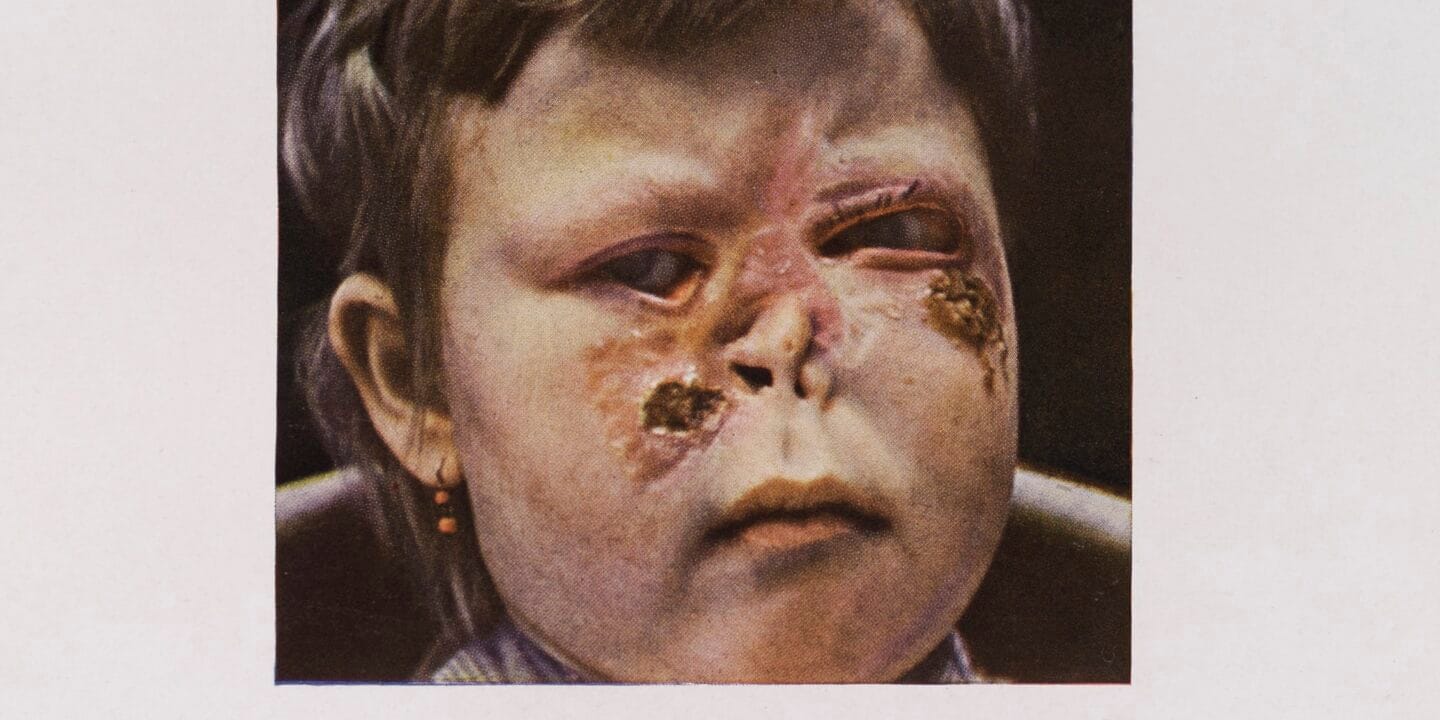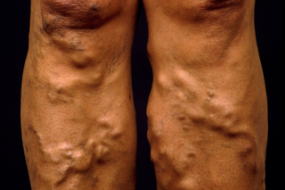
Congenital syphilis is caused by Treponema pallidum. Transmission occurs transplacentally or through contact with an infectious lesion during delivery.
Transplacental transmission can occur at any time during pregnancy but more with advanced gestation. On the contrary, it cannot be transmitted through breastfeeding unless there is a chancre on the breast
Clinical presentation
- During the pregnancy- hydrops fetalis, stillbirth, abortion
- Early syphilis; – maculopapular rash, hepatosplenomegaly, meningitis, choroiditis, anaemia, condyloma lata, rhinitis
- Late syphilis ( >2 years of age);- benign tertiary syphilis, Hutchinson’s teeth, mulberry molars, syphilitic keratitis, rhagades on the skin, malformation of the tibia, cranial nerve palsies, intellectual disability, hydrocephalus
Investigations
- Both newborn and mother- non-treponemal tests. Confirm with darkfield microscopy or PCR
- Fetus- abdominal ultrasound for hepatosplenomegaly
- Serology- positive ELISA immunosorbent assay for treponemal IgM shows early congenital syphilis
- CSF analysis-for neurologic disease
- Plain x-rays of limbs- long bone abnormalities
- Chest Xray-complete opacification of both lungs (pneumonia alba)
- Complete blood count- leucopenia or leucocytosis, thrombocytopenia, direct coomb’s negative hemolytic anaemia
Management
- 2.4 MU benzathine benzylpenicillin IM stat dose in early syphilis
- Three doses at weekly intervals for late syphilis
- Penicillin allergy- give doxycycline
- Patient follow up
- Successful treatment- resolution of clinical signs plus reducing titres of non-treponemal tests to undetectable levels in 6 months for primary syphilis and 12 to 18 months for secondary syphilis
Prevention
- Maternal screening
- Report cases to the community health department












